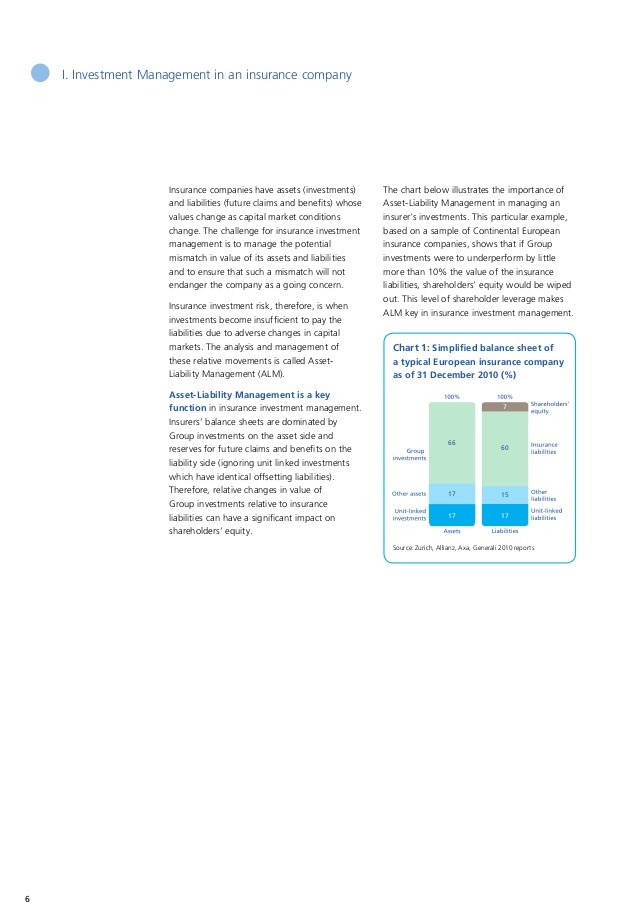An Introduction To Investing In Reinsurance Companies
Post on: 16 Март, 2015 No Comment

The Reinsurance Industry
Contrarians take note: the reinsurance industry is one of the least followed investment sectors that I have seen. Reinsurance is the business of accepting large risks to help offload risk from a primary insurer to a specialty company. Just as you have a deductible in your home, auto, and health insurance, these same insurance companies have a deductible of their own, and for outsize losses they have their own insurance: reinsurance. It turns out that regular insurance companies aren’t really in the business of taking risk. They are financial and retail companies, and have little appetite for actually holding the risk for the policies they are underwriting. The process of reinsurance allows the industry to better diversify against large risks, and also reduces the capital requirements that insurance companies would face. It would be difficult for any single insurance company to insure large events such as earthquakes in Los Angeles, or loss of an Airbus A380 aircraft. Pricing would be less efficient, and the theory is that if such insurance was even available, it would be priced much higher, because such losses could bankrupt some companies. The availability of multiple reinsurance companies allows for the development of multiple risk models, and applies the basic principles of capitalism — if your firm can price risk better, then you can have a chance of being more profitable.
Risks
By definition, reinsurance companies insure large risks that would bankrupt primary insurance companies. The timing of these risks is also by definition unpredictable. When you look over the long term returns in this sector, large events stand out, such as September 11, Hurricane Katrina, New Zealand earthquake, and Japanese tsunami, just to name a few of the larger industry-wide losses. Earnings are cyclical, dependent on the pricing of policies, with terms like hard and soft markets. The big loss events wipe out capital (bad), but that very deficiency of capital tends to raise prices the next few years (good). Since you can’t time when the bad events will happen, you have to be willing to ride it out, and add more if you wish when the sector looks positioned for a rebound. But it can be a wild ride, and that scares many people away from this sector, I assume.

So what is the case for investing in these companies? The fact that all of those risks should already be priced into the stock prices. The lack of analyst coverage? That’s great! Why invest in sector full of sell-side analysts pushing retail clients and institutional clients alike into a stock? Those are all contrarian factors I consider when looking for an unloved sector. That alone is not enough, because one also needs to consider the financial merits of the company.
Financial Metrics
After 4 years of intensely studying this sector, I have distilled the metrics that I follow down to combined ratio price to book value. Combined ratio is the sum of loss ratio and administrative costs. The quarterly change in book value is basically the profit or loss as reflected in the combined ratio, plus gains or losses from the investment portfolio, minus any dividends paid out, and other esoteric things such as changes in loss reserves based on maturing claims data. If accounting makes your eyes glaze over, then just focus on book value over time (reported on the quarterly investor presentations on most of these corporate websites). Book value should go up over time, if a company is profitable. And investment theory holds that over the long-haul, the stock price should track the book value. However, it doesn’t track it perfectly, and that is why I follow price-to-book value. P/BV rarely gets below 70% — that seems to be a floor that leads to either investor buying, or an acquisition. I consider P/BV below 80% to be a buy and 100% to be a sell. Industry trends around these numbers may change over time.














